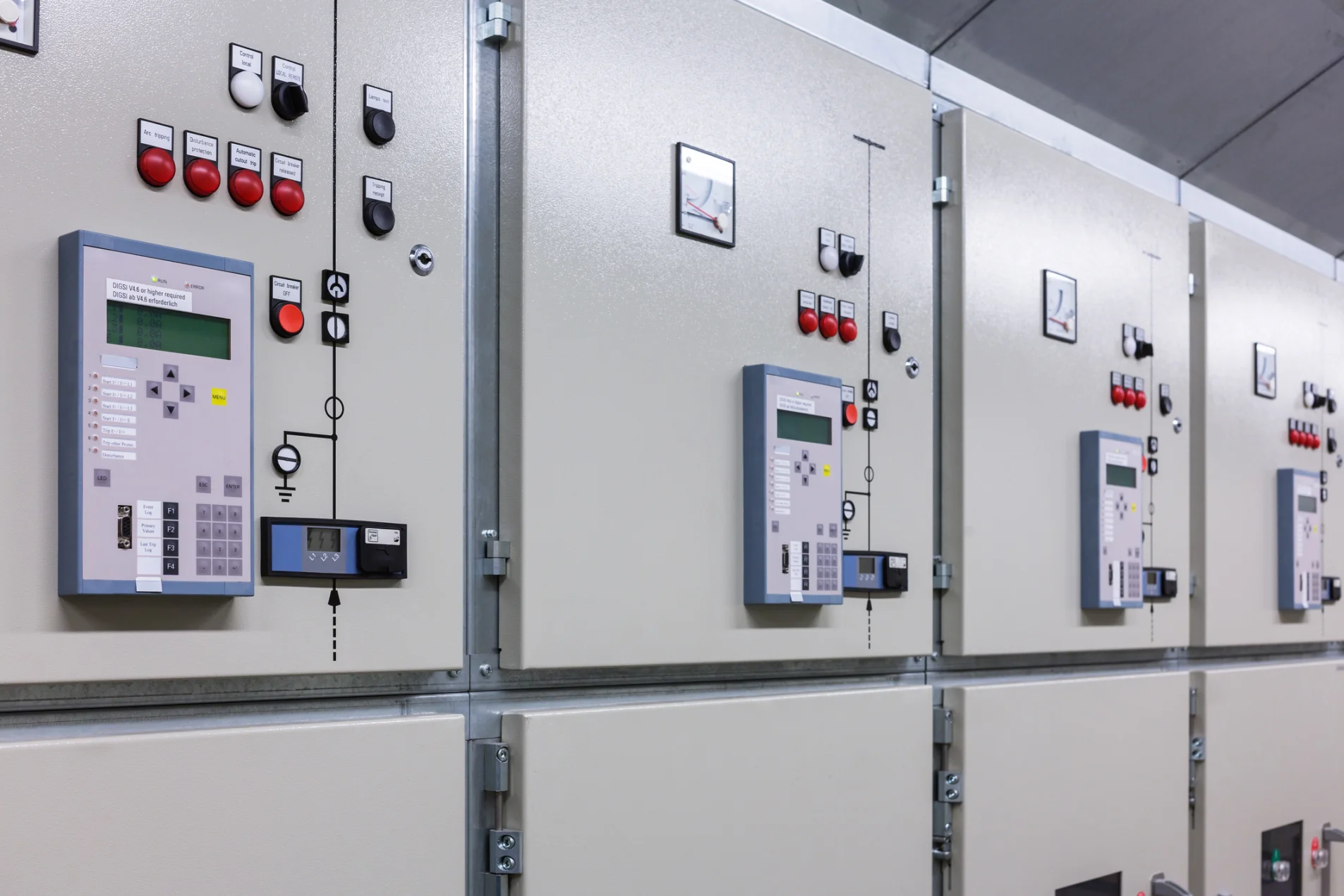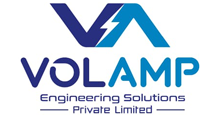Our Mission
Our mission is to build long-term relationships with our clients and working partners. That's why we go above and beyond to maintain the highest standards of integrity in everything we do. Ensuring that our clients have access to the best products and services that meet the highest industry standards.
Manufacturing LV Panels & Distribution Board
- Home
- Manufacturing LV Panels & Distribution Board

Low Voltage (LV) Panels
Overview Low Voltage (LV) panels are essential components in electrical distribution systems, designed to handle and distribute electrical power safely and efficiently. They are used in various applications, including residential, commercial, and industrial settings. Below are the different types of LV panels, each serving a specific purpose:

1. Main Distribution Panels (MDP)
Main Distribution Panels are the central hubs of electrical distribution in a building. They receive power from the utility and distribute it to various sub-panels and circuits within the facility.
Key Features:
- High current handling capacity.
- Equipped with main circuit breakers.
Includes metering and monitoring devices.
Customizable to meet specific load requirements. - 2. Sub Distribution Panels (SDP)
Sub Distribution Panels are secondary panels that receive power from the Main Distribution Panel. - They further distribute electricity to specific areas or floors within a building.
2. Sub Distribution Panels (SDP)
Sub Distribution Panels are secondary panels that receive power from the Main Distribution Panel. They further distribute electricity to specific areas or floors within a building.
Key Features:
- Smaller in size compared to MDP.
- Used for localized power distribution.
- Reduces the load on the main panel.
- Enhances safety by isolating circuits.


3. Power Factor Correction Panels (PFC)
Power Factor Correction Panels improve the power factor of the electrical system by reducing reactive power, thus increasing energy efficiency and reducing electricity costs.
Key Features:
- Equipped with capacitors and reactors.
- Monitors and adjusts power factor automatically.
- Reduces electricity bills by minimizing reactive power.
4. Motor Control Centers (MCC)
Motor Control Centers are used to control and protect electric motors in industrial settings. They centralize motor control functions for ease of operation and maintenance.
Key Features:
- Includes motor starters, contactors, and overload relays.
- Allows centralized control of multiple motors.
- Provides protection against overloads and faults.
- Modular design for easy expansion.


5. Automatic Transfer Switch Panels (ATS)
Automatic Transfer Switch Panels ensure continuous power supply by automatically switching between the main power source and a backup generator in case of a power failure.
Key Features:
- Automatic switching between power sources.
- Ensures uninterrupted power supply.
- Essential for critical applications like hospitals and data centers.
- Can be configured for manual operation.
6. Lighting Control Panels (LCP)
Lighting Control Panels manage and control lighting circuits in a building. They provide centralized control, automation, and energy efficiency for lighting systems.
Key Features:
- Centralized control of lighting circuits.
- Supports dimming and scheduling functions.
- Enhances energy efficiency and reduces electricity costs.
- Integrates with building management systems (BMS).


7. Distribution Boards (DB)
Distribution Boards, also known as breaker panels or fuse boxes, distribute electrical power to individual circuits within a building. They provide protection through circuit breakers or fuses.
Key Features:
- Compact and wall-mounted design.
- Houses circuit breakers or fuses for individual circuits.
- Provides overload and short-circuit protection.
- Essential for residential and commercial buildings.
8. Variable Frequency Drive (VFD) panel
A Variable Frequency Drive (VFD) panel is used to control the speed and torque of electric motors by varying the frequency and voltage of the electrical power supplied to the motor.
Key Features:
- Speed Control: Allows precise control of motor speed and torque.
- Energy Efficiency: Reduces power consumption by adjusting the motor speed to match the load requirements.
- Soft Start/Stop: Gradually increases or decreases the motor speed to avoid mechanical stress and electrical surges.
- Protection Functions: Includes overcurrent, overvoltage, undervoltage, and thermal protection.
- Communication Interfaces: Supports various communication protocols like Modbus, Profibus, and Ethernet for integration with other industrial systems.
- Diagnostics and Monitoring: Provides real-time data on motor performance and VFD status, facilitating maintenance and troubleshooting.


9. Synchronizing Panels
Synchronizing Panels are used to synchronize multiple generators or power sources to ensure seamless power transfer and load sharing.
Key Features:
- Ensures proper synchronization of generators.
- Facilitates smooth power transfer and load sharing.
- Equipped with synchronizing relays and controllers.
- Vital for applications requiring multiple power sources.
Quality Materials
High-performance components that meet industry standards.
24/7 Services
Reliable, around-the-clock support for all electrical needs.
Professional touch
Expert, meticulous care in every electrical project.
Free Estimates
No-cost, detailed quotes for your electrical service needs.
01
STEP ONE
Browse Through Services
02
STEP Two
Full Quotation Service
03
STEP three
Get a Best Our Services




